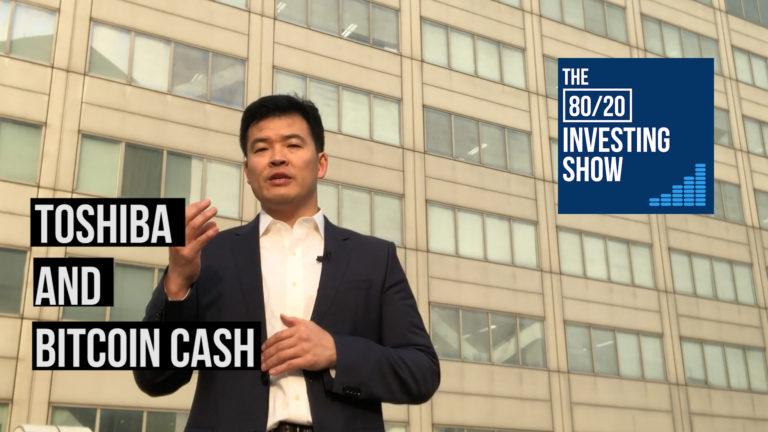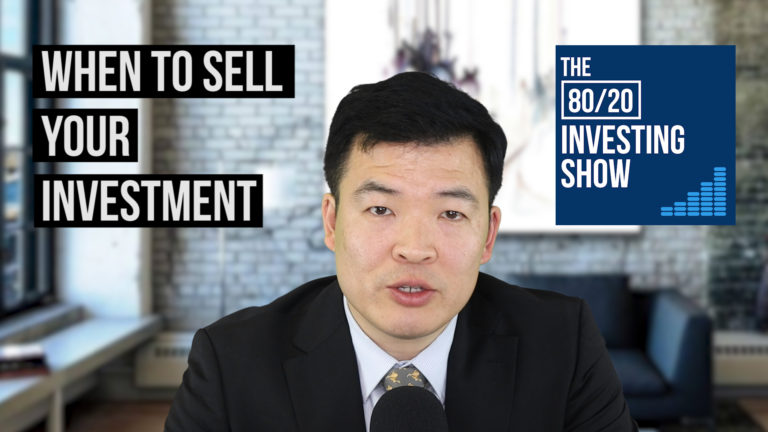Mutual Fund Returns – Not as Good as They Used to Be
Problem 1: They Suck You Dry
Today, mutual funds are the central investment tool for the retail masses around the world and what you get are mutual fund returns. This is how we all are supposed to save and invest for retirement. If you enter any local bank or visit a financial advisor in an industrialized country, they will have a wide range of mutual funds on offer. If you read any standard financial literature, including those produced by famed personal finance gurus, mutual funds will be on the top of their recommendation list supplemented with life-insurance products.
But, mutual funds are no panacea. There are no standard instructions on how to use them and how to structure them in a way that suits your financial situation or payout requirements at the time of retirement. Pension programs, on the other hand, would be in charge of tasks ranging from administering your accounts to making sure that you get paid after you entered your retirement period. Like in the case of the GPIF, you would never be bothered about how to correctly and prudently structure your asset portion. A team of professional pension managers and administrators watch over that function, and the tasks they can’t do themselves are outsourced to third parties- but, with a big difference. There is accountability to one central and powerful pension board.
Mutual Fund Investing – Not as Easy as They Look Like
On the contrary, in an individual retirement account, such as a 401k, all these tasks have to be done by the contributing member. Not to mention the higher fees involved when managing millions of individual accounts separately. For example, mutual fund managers act, under no duty, to generate streams of payments to people who are no longer working. The task of choosing the right mutual funds among thousands (8000 funds in the US alone)—in the right proportions in accordance with future cash flow requirements and changing risk tolerance—falls to each client. Overexposure to equities could have fatal consequences if stock markets crashed just before your retirement. There might not be enough time left for a substantial recovery before you would be forced to sell in order to satisfy your yearly cash requirements. An index fund would never warn you about such things, and it’s not supposed to.
Furthermore, the constant portfolio rebalancing, assessment of financial risks and management of cash flow requirements represent a daunting task to the average individual. Some would naturally consult financial advisors, and opt to pay for services pension funds would provide free of charge. But where pension funds manage their responsibilities efficiently and centrally, individuals have to cope not only with higher fees for each financial product they purchase, and the additional fees charged by the plan provider that’s administering their 401(k) plan, but also the fees paid for financial advice and customization of portfolios.
Today’s Mutual Fund Returns
Chipping away from mutual fund returns are fees. In a worst-case scenario, a typical retail investor could end up paying 2 to 3% to generic mutual funds, plus 401(k) administrative fees, and a fixed annual fee of 1% or more for financial advice. It’s a fee bonanza but not for you, the individual investor. This model could work if the market consistently yielded 8 to 9% as they did in the past. In a new market reality with 5% or even fewer return expectations, those fees can quickly eat up most of the investment returns. Unlike traditional pension funds that promised stable streams of income through defined benefit plans, neither mutual funds nor financial advisors promise any performance results or give guarantees for future cash payouts.
In MONEY: Master the Game, Tony Robbins vehemently argues that mutual funds and 401(k) administrators are cheating clients on expense ratios, and hence their retirement future. According to Robbins, traditional mutual funds charge much higher fees than clients usually assume. For example, clients would buy mutual funds in the expectation that they would pay around 1 to 1.5% for buying a standard mutual fund, but they were later presented with a bill that ballooned to 3% or even 4% of what they have invested in those funds. In addition, clients often underestimated the hidden deductions within the fund itself. Payment to brokers, IT vendors and research service providers quickly add up. When clients want out, they were presented with another set of fees ranging from penalty fees to simple closing fees.[i]
The Big Caper
As an example, a difference between paying 0.25% to 1% might be the small amount of just 0.75%, but the cumulative effects over time are enormous. Higher fees mean less money for you to invest, hence less future returns. If the difference in fees is compounded over 20 to 30 years, the lost gains are enormous. Projections indicate that with a 0.75% fee difference, with an average US salary, you could have $70,000 less by the time you retire at age 65. The difference could mean three years of additional work to make up the savings gap. You can imagine what the impact would be if your real fees are 3% per year, instead of 0.25% or 1%.[1] As John Bogle said, “The more the managers and brokers take, the less the investors make.” The ironic thing is index fund providers, including Vanguard, are in the business of collecting fees. However, they do it from a much lower cost basis and with a different business model to increase their sales and profitability.
***END***






